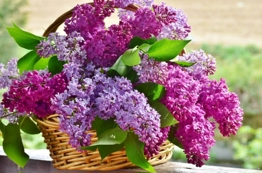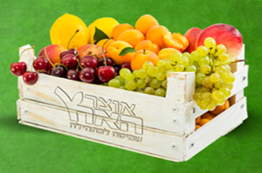Chasalat Guide for the Perplexed

Where does Chasalat – Alei Katif (the largest insect-free vegetable company in Israel) grow their vegetables from during the shemitah year?
This information is trueonly for Chasalat—Alei Katif only. This does not represent the systems of any other insect-free company.
There are no products with kedushat shevi'it in any of Chasalat's produce this Shemitah (5782).
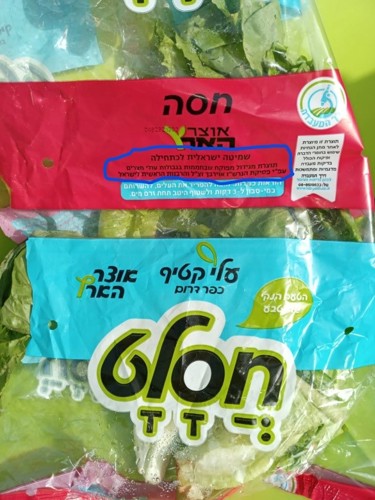
If in the future they have produce with kedushat shevi'it, the bag will state: "kedushat shevi'it" or "otzar beit din" (don't confuse with "Otzar Ha'aretz")
Rule of thumb: If not written explicitly, the produce does not have kedushat shevi'it.
Chasalat has bags in four different colors, which stand for its four different kashrut certifications. During the shemitah year, each kashrut organization insists on bringing its vegetables from different sources.
To clarify: all four color bags are insect-free on the highest level.
Red – Otzar Ha'aretz. Olei Mitzrayim (in hothouses, the shredded vegetables are sometimes not grown in hothouses; all with heter mechira lechumra) and some detached platforms (matza menutak). Does not have kedushat shevi'it.
Brown – Eida Charedit. From east of Nachal Aravah, near Ein Yahav. Shredded vegetables also imported from outside Israel (י.ח.- yivul chul).
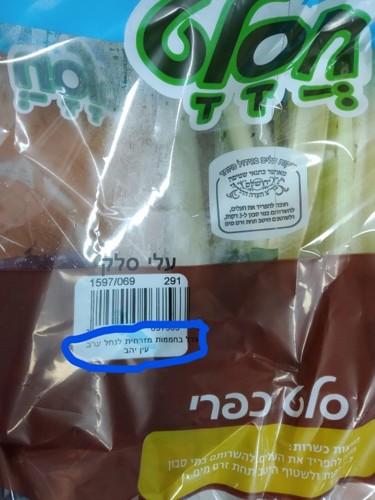
Orange – Rabbi Efrati. Yivul nochri (י.נ). Hothouse managed by non-Jew near Shokat junction or by non-Jewish farmers from the Triangle. Shredded vegetables also imported.

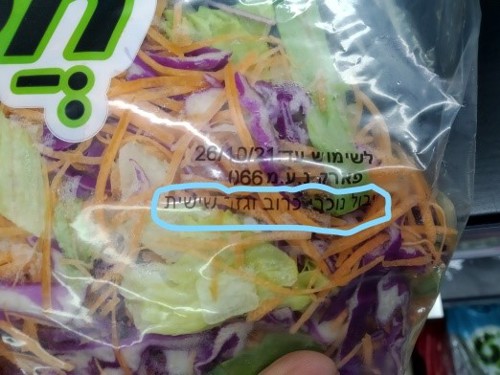
Green – Belz. Like Eida Charedit.
All colors are also used for sixth-year produce, especially carrots and cabbage (cabbage can be stored today for 3-4 months).

Note: Again, this is all true for Chasalat—Alei Katif only. This does not represent the systems of any other insect-free company.


